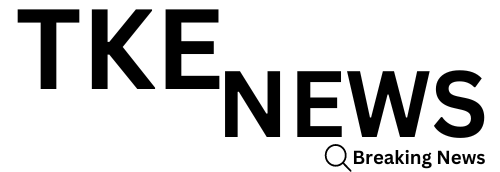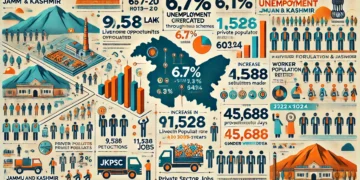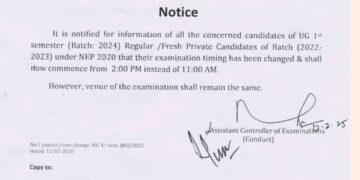New Delhi, April 16: A new study found that repeated exposure to needless computed tomography (CT) scans increases the risk of cancer, similar to alcohol intake and obesity .
The study, performed by experts at the University of California-San Francisco (UCSF), found that CT scan radiation causes 5% of all malignancies each year. Cancers are prevalent in infants, children, and teenagers, with those under the age of one year being the most vulnerable. Adults, as well as children, are at danger because they are the most likely to receive scans, according to the experts, who warn against overusing and overdosing on CTs.
The most often projected cancers in children as a result of CT scan radiation are thyroid, lung, and breast, while in adults it is lung, colon, leukaemia, bladder, and breast. “CT scans can save lives, but their potential risks are frequently overlooked,” said Rebecca Smith-Bindman, a UCSF radiologist.
“The study estimates put CT on par with other significant risk factors, such as alcohol consumption and excess body weight,” she said. According to the study, published in the journal JAMA Internal Medicine, over 103,000 malignancies are expected to result from the 93 million CTs conducted in 2023 alone.The researchers reported that this is three to four times higher than previous evaluations.
“Reducing the number of scans and the doses per scan would save lives,” Smith-Bindman explained. CT scans are both necessary and commonly used to detect tumours and diagnose a variety of diseases.
However, CT scans expose people to ionising radiation, which is a carcinogen, and it has long been recognised that the technology increases the risk of cancer.
The analysis is based on predictions of the overall number of lifetime cancers connected with radiation exposure, as well as the number and type of CT scans conducted in 2023.
Researchers evaluated 93 million exams from 61.5 million patients in the United States.
The frequency of scans increased with age, culminating in adults aged 60 to 69 years.Children accounted for 4.2 per cent of the scans. (IANS)










































